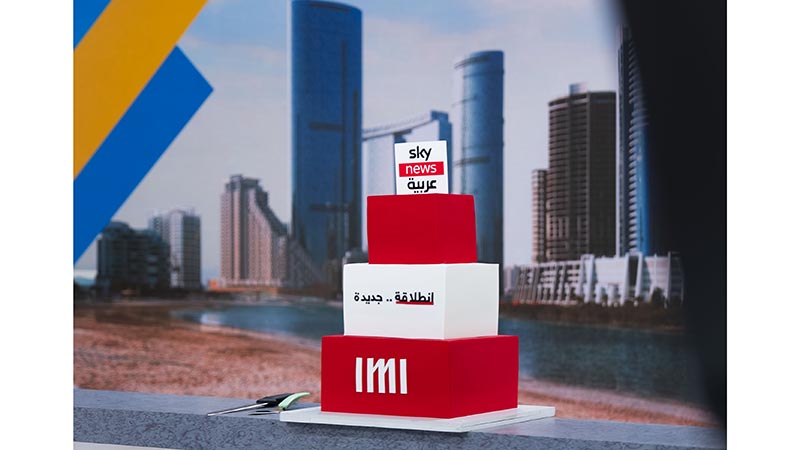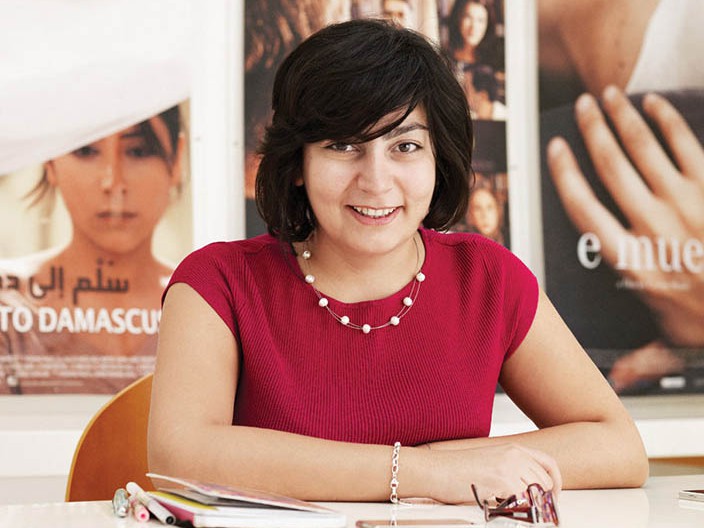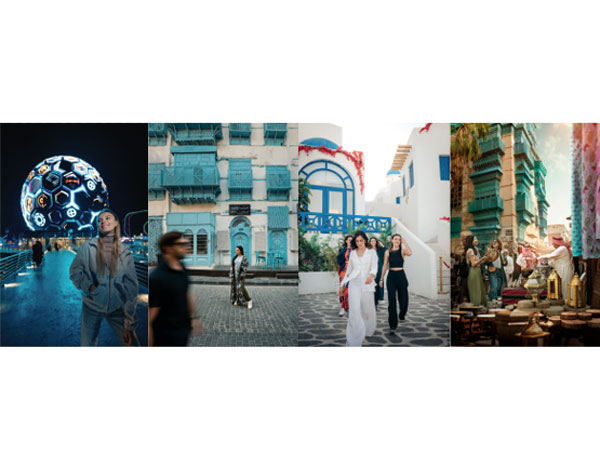Industry Talk
How global brands are engaging with audiences in the Middle East
by Nadim Khammar
August 22, 2022
.jpg) Advertisement
Advertisement'At CNN we most frequently work with commercial partners on campaigns that are global in their scope or cover multiple regions as brands leverage our scale to connect with audiences across different geographies.
Over the course of the last year there has been a significant uptick in CNN’s regional partnerships, with brands across a range of sectors looking to specifically engage with Middle East audiences, be it market-specific campaigns or as a distinctive component of a bigger global play.
This is notable across tourism, technology, luxury, and investment categories in particular. The demand reflects several dynamics - the growing influence and role that countries in the Middle East are having on the world stage; the desire for tech brands in particular to connect with both the expanding b2b sector as well as the region’s progressive youth audience; the investment and growth opportunities that companies see here particularly around regional hubs such as Dubai, Riyadh and Cairo; and, the opportunity that advertisers see in reaching the region’s high net worth individuals.
In addition, the presence of major events in the Middle East has generated significant appeal and created a stage for brands to have a footprint here that they want to amplify through other media. Just think about - in the course of just two years, our region will have hosted the World Expo (which recorded over 24 million visits over its duration), the FIFA World Cup (1.5million visitors expected and a projected global audience of 5 billion people), and two COPs, alongside other major events such as the FII and World Government Summit.
So why are brands turning to CNN to help them amplify their messages in the region? This is due in large part to our long-term investment and commitment to the region as well as our continued innovation to increase the product portfolio to cater to our Middle East audience.
Unlike most global media, we have had a major hub in the region for decades, with CNN Arabic this year marking its 20th anniversary since it launched in Dubai in 2002. Since then, we have added to our line up by making Abu Dhabi one of our major global production and newsgathering hubs, bringing Connect the World with Becky Anderson to the region and launching franchises such as CNN Marketplace Middle East. We are expanding into new areas with the launch of new digital features including the newsletter Meanwhile in the Middle East and partnering with IMI to meet the demands of Arabic speaking audiences in new ways through the launch of CNN Business Arabic later this year. The breadth of this product portfolio means we can cover the region like no-one else and gives our advertising partners unique ways to leverage a range of platforms to speak directly to the passion points and interests of our audience. The CNN audience is highly desirable for advertisers – the GWI Q1 2022 study shows that in the Middle East we reach 85% of the region’s population defined as “well travelled”, 70% of Gen Z and Gen Y, and 37% of those who own wearable tech devices.
There has never been a better time for brands to develop bespoke campaigns to reach Middle East audiences.
We advise our clients that the best way to maximise our content suite is through an Audience First approach to campaigns – from data-informed ideation and creative concept development through to distribution, segmentation and evaluation. For instance, across global campaigns that have a Middle East focus, we take full advantage of our local market expertise to ensure our partner campaigns effectively resonate with CNN’s GCC audiences by tapping into our extensive reach across platforms and touchpoints.
The travel sector has been particularly interesting as the post-COVID era has meant marketers for travel destinations have pivoted their content strategy to factor in the complexities presented and communicate in a way that reflects the shift in consumer expectations. CNN’s product suite, regional expertise and extensive Middle East reach has offered our travel partners the means to do this by curating multi-lingual content strategies created by the region, for the region, that speak directly to the needs of today’s fast growing Arab traveller segments and fits seamlessly into the partner’s global campaign activation.
Another area of growth is the tech sector, as global companies aim to tap into the full breadth of our solutions to engage both B2B and B2C Middle East audiences at scale. The Middle East is particularly buoyant in this sector, with a study from Saudi Arabian venture capital fund - STV recently estimating that MENA will have over 45 starts-ups achieve unicorn status by 2030. We delivered a particularly successful campaign for a global tech brand that worked with CNN to reach B2B audiences across 13 global markets - including the GCC states along with specific markets in Africa and Europe. Our award-winning brand studio Create developed compelling storytelling about the company’s local customer case studies across our platforms through native advertising, display, video and social. The campaign ran in both English and Arabic so we could leverage CNN’s extended product suite in the Middle East, driving b2b audiences (investors, business decision-makers, tech enthusiast and more) at scale to a series of native content. The utilisation of this established and diverse product suite combined with creative, relevant storytelling and data driven audience targeting meant that results in both visits and engagement were over 25% above what we would expect to see for a campaign of this type.
In conclusion, as these examples show, there has never been a better time for brands to develop bespoke campaigns to reach Middle East audiences. The region is central to many of the big global conversations taking place right now, it has a wide range of engaged and valuable audiences, and the eyes of the world are on the Middle East during this time of landmark events taking place here. However, to really connect with audiences, it’s vital that brands think carefully about how they tailor their messages and work with a partner that has both the product portfolio and expertise to deliver effectively in-region. Only by truly taking time to understand the Middle East’s different audience segments, their behaviour and expectations can a brand be successful in its communication and outreach.'



.jpg)










